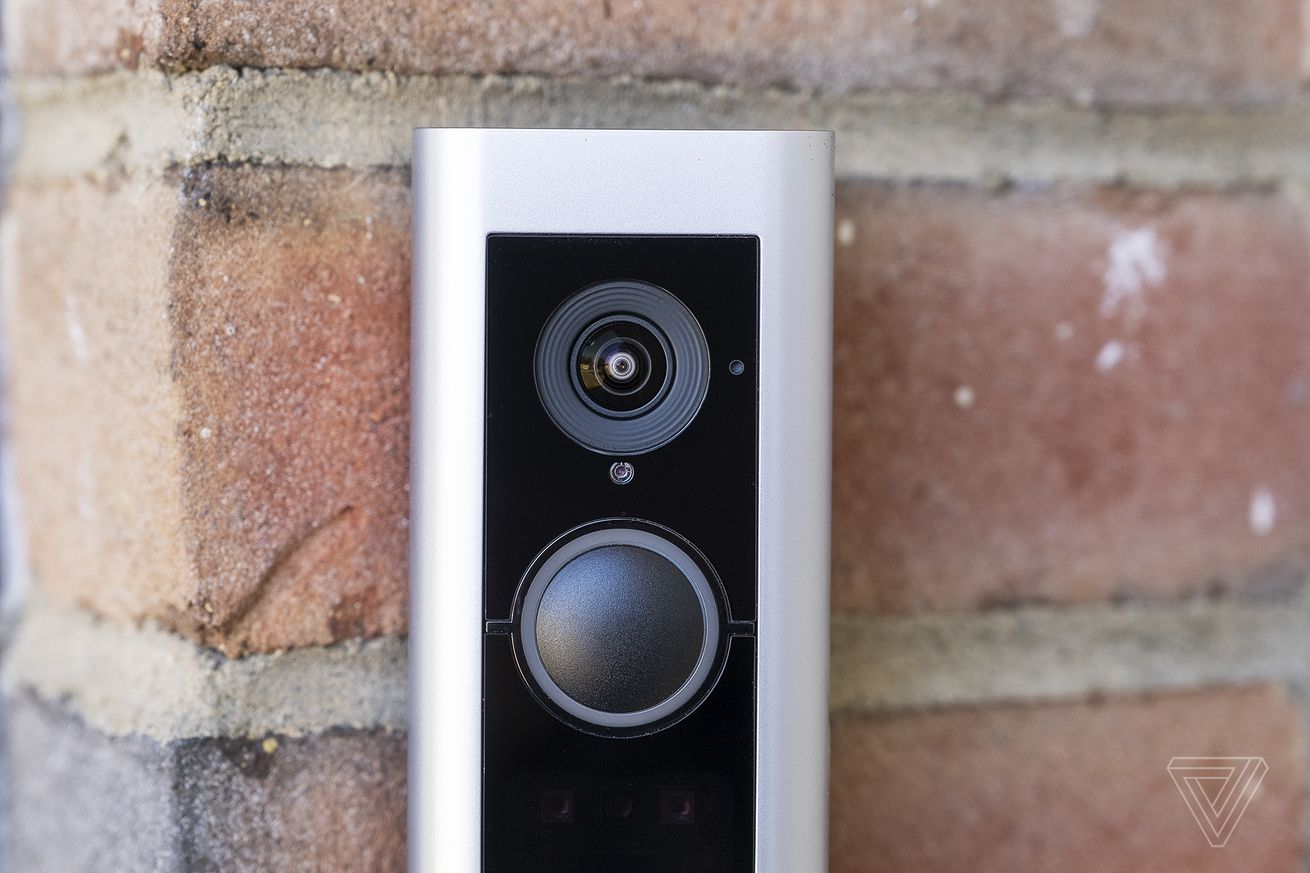
Caroline Ellison and Gary Wang, two executives in Sam Bankman-Fried’s fallen crypto empire, have pleaded guilty to federal charges and are cooperating with prosecutors. The news was announced late Wednesday by Damian Williams, the US Attorney for the Southern District of New York.
Williams didn’t specify what charges the two pled to, but said the guilty pleas were in relation to their roles as insiders at FTX and its sister company Alameda Research. Wang was a co-founder of the FTX cryptocurrency exchange, and Ellison served as CEO of Bankman-Fried’s trading company Alameda Research.
Bankman-Fried and a select group of insiders, including Ellison and Wang, are alleged to be the only people who knew that FTX was engaging in fraud. The cases against Bankman-Fried are both criminal and civil, and have been brought by the SDNY, the CFTC, and the SEC. Allegedly, FTX customer funds were used for loans to executives, risky trading by Alameda Research, political donations, and lavish spending on everything from beachfront homes to private jet flights.
The SEC and CFTC have already filed updated civil suits including details on Wang and Ellison’s roles. “Wang, with Ellison’s knowledge and consent, exempted Alameda from the risk mitigation measures” FTX used, providing Alameda Research with a “virtually unlimited ‘line of credit,’” according to the updated SEC complaint.
The SEC complaint outlines how “Bankman-Fried and Wang thus gave Alameda and Ellison carte blanche to use FTX customer assets for Alameda’s trading operations and for whatever other purposes Bankman-Fried and Ellison saw fit.”
Ellison, acting on Bankman-Fried’s orders, borrowed billions of dollars from lenders, according to the SEC suit. Those loans were backed “in significant part” by the FTT token, which was issued by FTX and given to Alameda for free, the SEC wrote. Ellison’s job was to buy FTT tokens on various platforms in order to increase the price, thus making the FTT that was collateral against Alameda’s loans more valuable. That, in turn, made it possible for Alameda to borrow even more.
Earlier on Wednesday, the Bahamas extradited Sam Bankman-Fried and sent him on his way back to the US. Williams confirmed Bankman-Fried is now in FBI custody and said he would be transported directly to New York to appear before a judge “as soon as possible.”
The fraud came to light after a blockbuster CoinDesk article reported that Alameda Research’s balance sheet consisted mostly of the FTT token, which kicked off a series of events that ended in FTX’s bankruptcy. In the filing for bankruptcy, the new CEO of FTX, John J. Ray, said the company was worse than Enron — and he’d know, since he was charged with cleaning up after the fraud there.
In May, when the price of crypto began to crater, the lenders wanted their money back. To keep them happy, Bankman-Fried directed that customer deposits be sent to the lenders. Ellison used that money to pay Alameda’s debts. “Even in November 2022, faced with billions of dollars in customer withdrawal demands that FTX could not fulfill, Bankman-Fried and Ellison, with Wang’s knowledge, misled investors from whom they needed money to plug a multi-billion-dollar hole,” the SEC wrote in its suit.
But customer funds had also been diverted from the start, the SEC wrote in its suit. Alameda got ahold of FTX customer funds in two ways: first, by the “line of credit” but also by directing customers to deposit fiat currency into accounts controlled by Alameda. “As a result, there was no meaningful distinction between FTX customer funds and Alameda’s own funds,” the suit says. “Bankman-Fried and Wang thus gave Alameda and Ellison carte blanche to use FTX customer assets for Alameda’s trading operations and for whatever other purposes Bankman-Fried and Ellison saw fit.”
That made Alameda Bankman-Fried’s ”personal piggy bank to buy luxury condominiums, support political campaigns, and make private investments, among other uses. “
Developing...









/cdn.vox-cdn.com/uploads/chorus_asset/file/24303737/IMG_3388.png)
/cdn.vox-cdn.com/uploads/chorus_asset/file/24303740/IMG_3389.png)




/cdn.vox-cdn.com/uploads/chorus_asset/file/24299333/ford_f150_lightning_pricing.png) Screenshot: Emma Roth / The Verge
Screenshot: Emma Roth / The Verge

